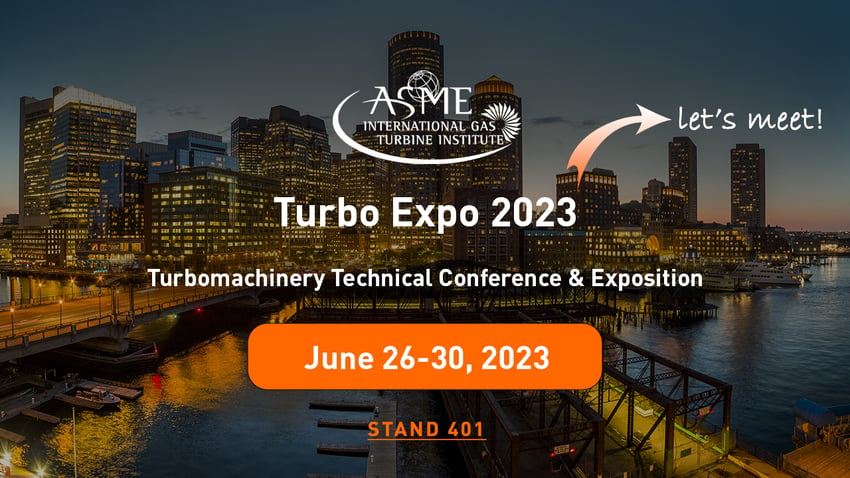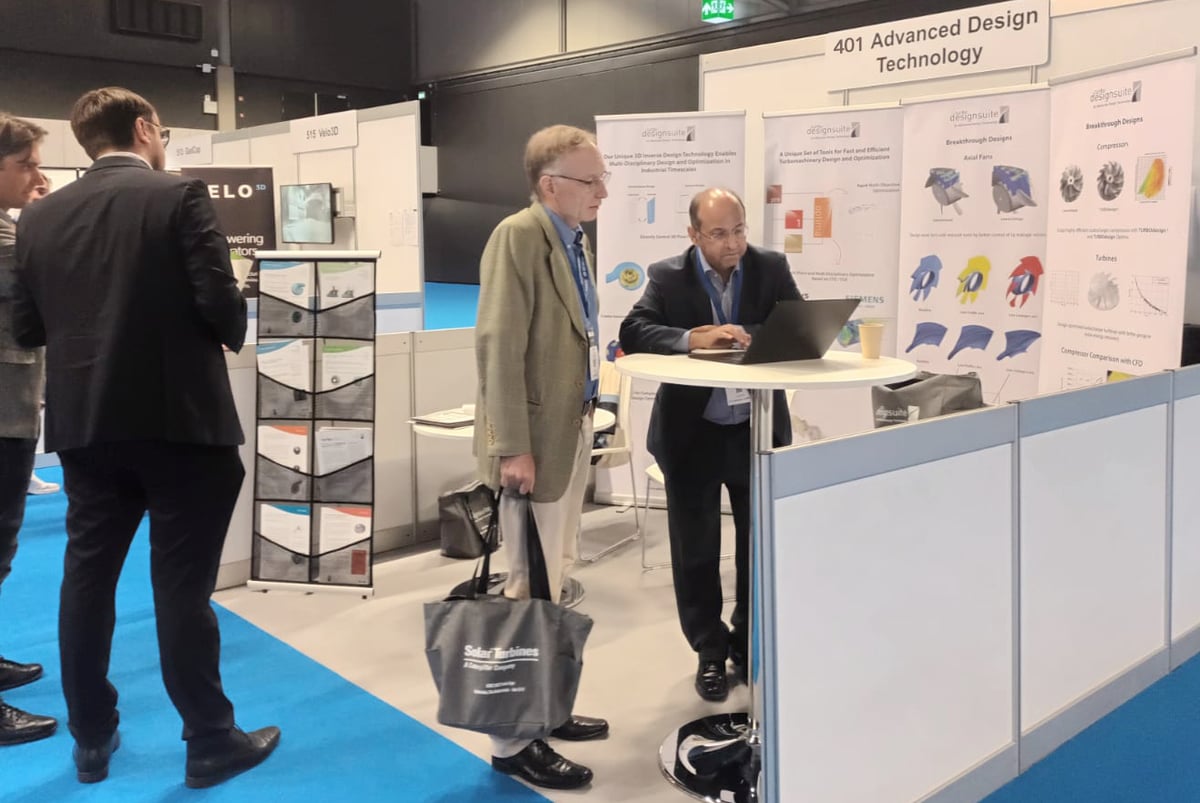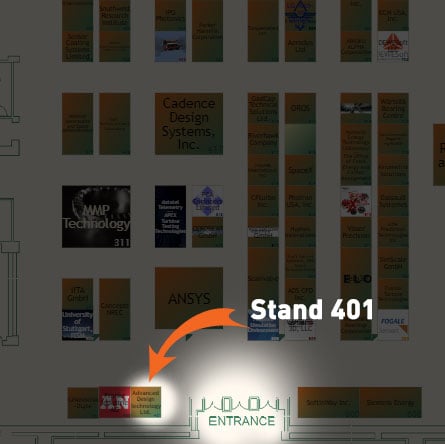Connect with 2,000+ Turbomachinery Industry Leaders and Professionals in the Turbomachinery Sector at Turbo Expo 2023 in Boston
ADT will demonstrate the TURBOdesign Suite and its three-dimensional (3D) inverse design optimization capabilities for Multidisciplinary Optimization of a High-Speed Low Pressure Turbine Rotor and A Novel Optimisation of a Transonic Centrifugal Impeller. Design engineers and original equipment manufacturers can benefit by shortening development times and improving components efficiency using the TURBOdesign Suite and ADT’s engineering design services.

ADT will be presenting two technical papers:
Multidisciplinary Optimization of a High-Speed Low Pressure Turbine Rotor Using 3D Inverse Design Method
Date: Monday, June 26, 8:00 AM (EDT)
Authors: Dr. Luying Zhang (Advanced Design Technology Ltd) and Prof. Mehrdad Zangeneh (University College London)
The design of high-speed low-pressure turbine (LPT) is challenging due to the mechanical constraints and the increased Mach number. A trade-off has to be made between the aerodynamic performance and structural integrity. This was previously done through iterations with computational fluid dynamics (CFD) simulations and Finite Element Analysis (FEA).
In this paper, a fast automated optimization workflow using a 3D inverse design method coupled with a multi-objective genetic algorithm is presented. The inverse design method generates the blade geometry for a given specification of blade loading parameters and spanwise work distribution. It can explore a large design space with fewer design parameters compared to direct design methods where the blade geometries are parameterized by geometrical variables. The maximum thickness and stacking can also be varied during the optimization. Both the blade geometry and the 3D inviscid flow field are provided by the inverse design solver.
The aerodynamic performance can be related to the loss factors (such as profile loss, leakage loss and endwall loss) calculated from the blade surface velocities. The centrifugal and bending stresses are related to the blade geometry features. These can be optimized in the automated workflow without running time consuming CFD and FEA. This fast design optimization process is applied to a high-speed LP turbine for aeroengine applications. CFD and FEA are only used to validate the output from the fast optimization process and the results show improvement in efficiency without any increase in stresses.
A Novel Optimisation of a Transonic Centrifugal Impeller Based on 3D Inverse Design Approach
Date: Tuesday, June 27, 8:00 AM (EDT)
Authors: Peng Wang and Mingding Zhang (Advanced Design Technology Ltd) and Prof. Mehrdad Zangeneh (University College London)
The process of defining the shape of a centrifugal impeller's blade is crucial for optimizing its performance. It often requires multiple control parameters to accurately represent the blade profile with the desired level of detail and smoothness.
However, as the number of parameters increases, the optimization process becomes increasingly complex, requiring significant computational resources and time.
While textbooks offer design methods and guidelines, the real challenge lies in achieving accurate, quick, and cost-effective optimization for product development, especially when targeting multiple operating conditions.
This paper presents a new design and optimization strategy that combines the 3D inverse approach with a Design of Experiment (DoE) study. The proposed method is applied to redesign and optimize a well-known transonic centrifugal compressor. 
Computational Fluid Dynamics (CFD) analysis confirms that the efficiency of the redesigned compressor wheel is significantly improved across the entire performance range. Detailed visualization of the internal flow also shows that reducing leakage loss is crucial in this improvement.
Significantly, the computational time for the CFD simulations is reduced to just a few days on a 32-core computer, as opposed to weeks. The methodology presented in this study can be easily extended to different types of turbomachinery.
We'd love to see you at our stand, so why not pop by and say hi!

Don't miss the chance to meet our team of experts. We look forward to meeting you and understanding your challenges.

If you can't attend, not to worry. The PDF version of the publications will be accessible after the event. Get in touch with us, and a member of the team will be delighted to offer their assistance.




Share This Post